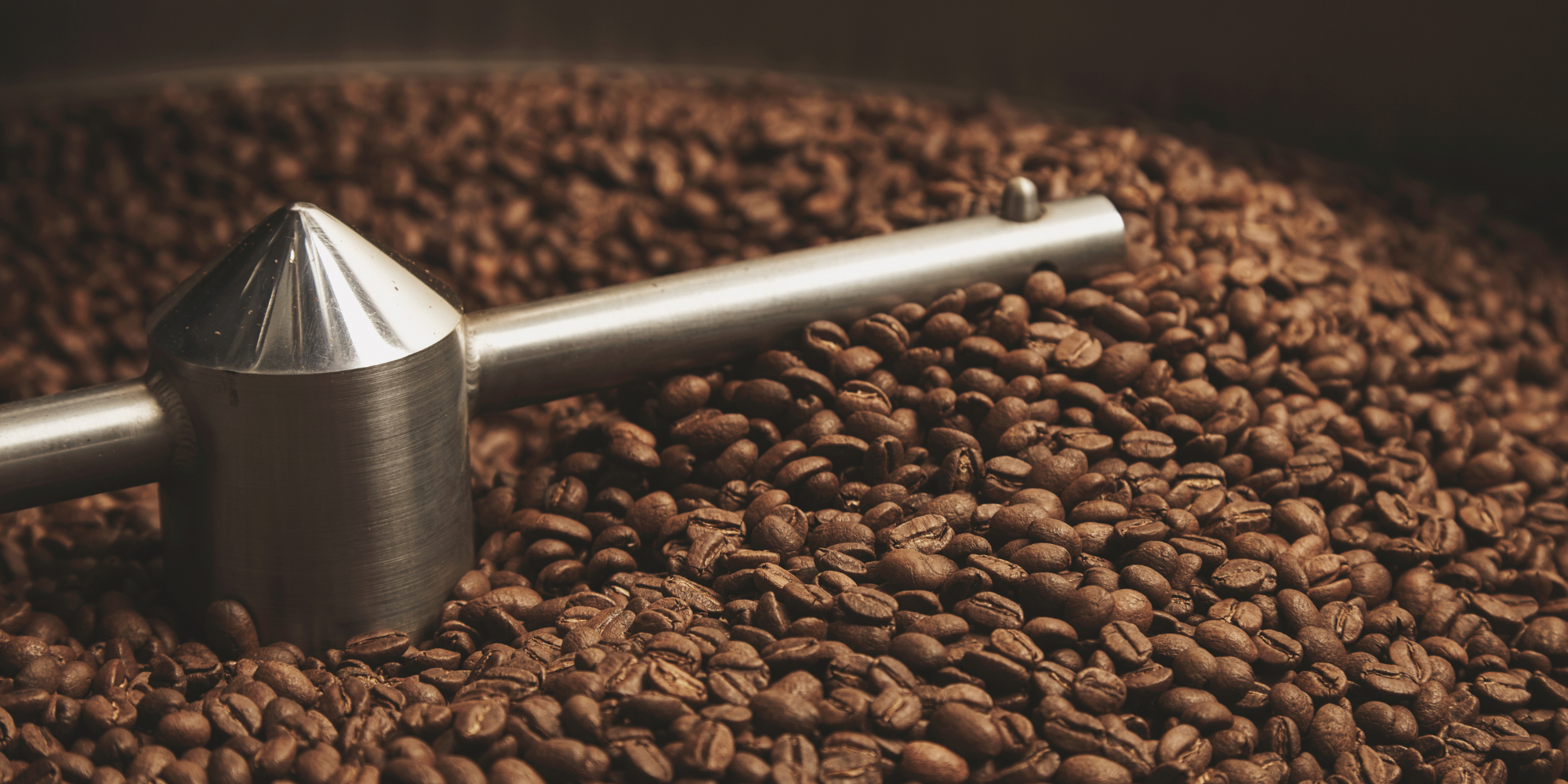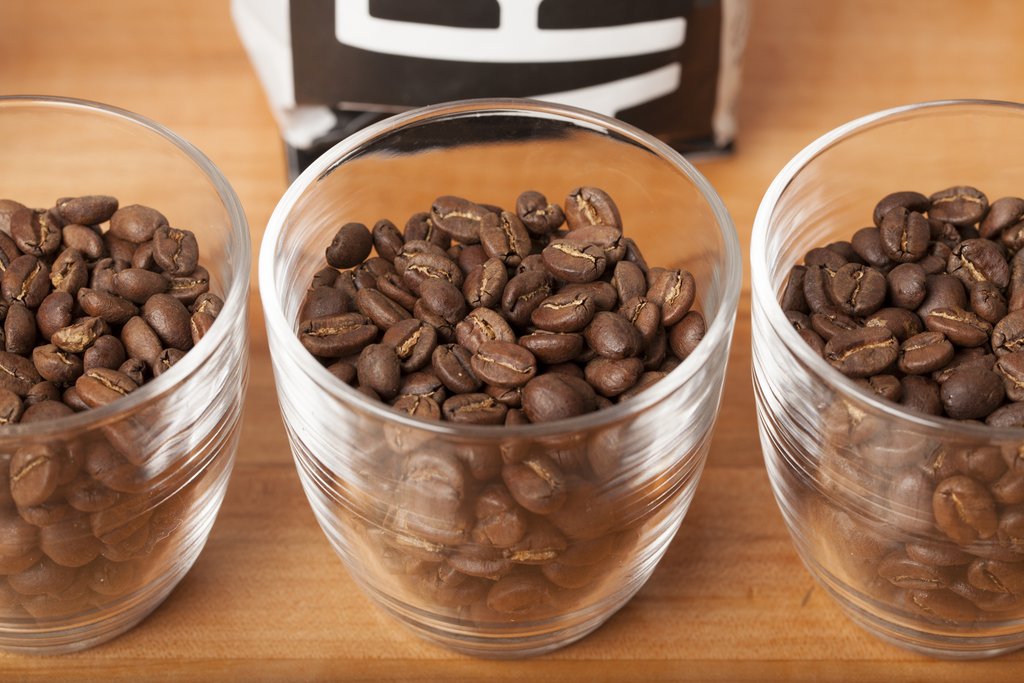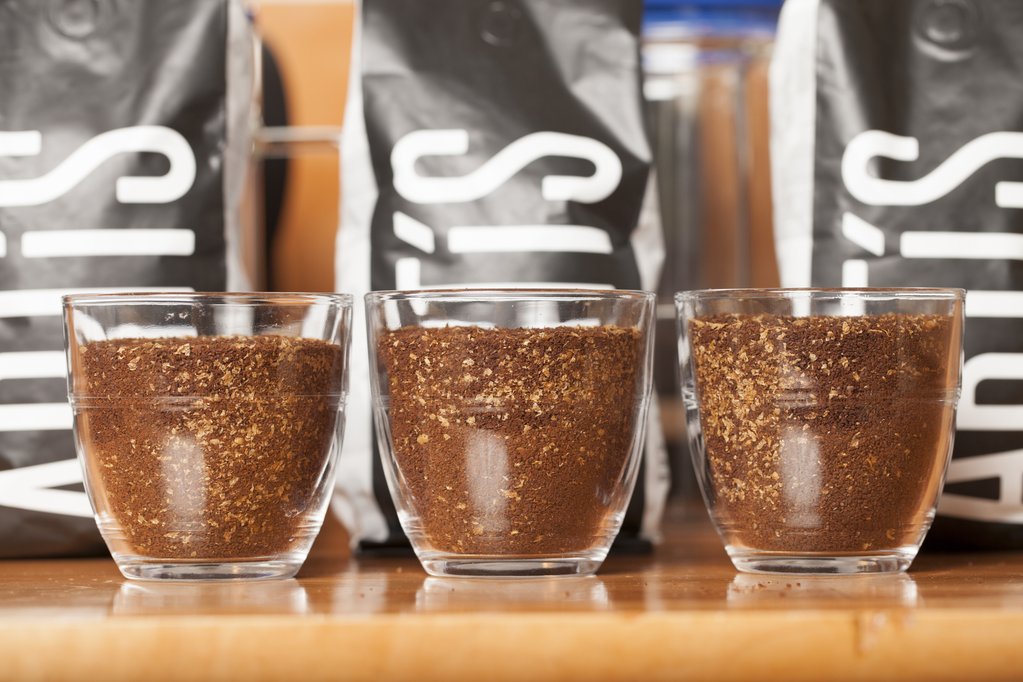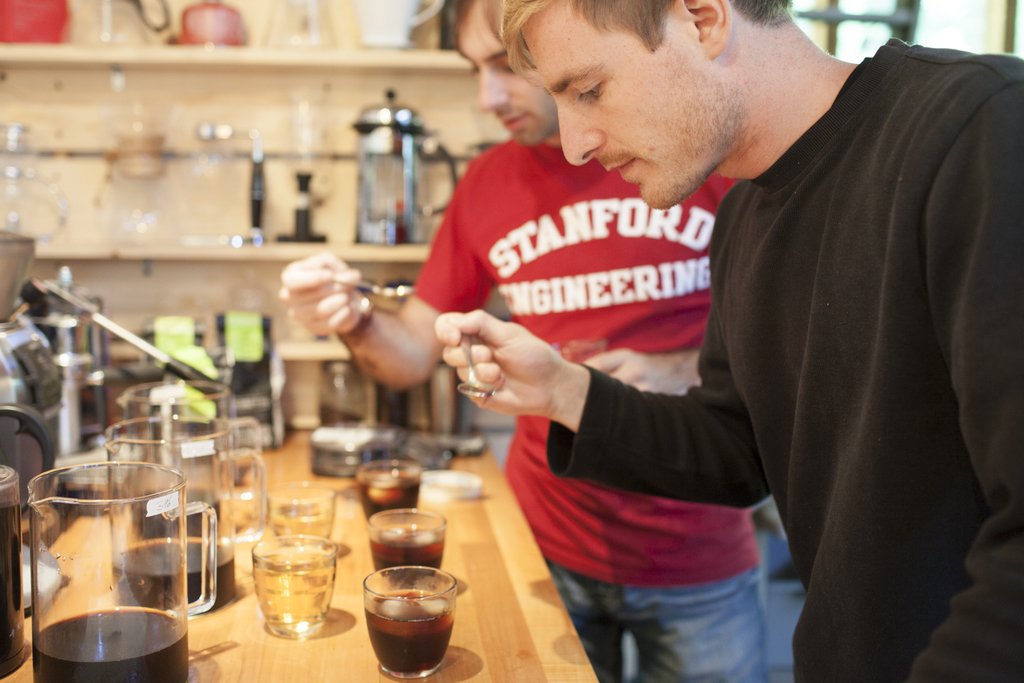

It's not every day that you get to brew up the same coffee that's been roasted to three different levels, and we were excited for this opportunity when Artis Coffee gave us 3 bags of a Kenyan coffee each roasted to a different final temperature.
Roasting:
Roasting coffee is a process where green coffee beans undergo a chemical and physical transformation as they are heated up. The ultimate temperature a coffee is roasted to can have an enormous impact on the flavor of brewed coffee.
The unique origin character, those particular flavors that identify the location the coffee is from, begins to be overshadowed by the flavor of the roast as the roast progresses. Some classic origin flavors for a Kenyan you can expect are bright acidity and citrus notes. Light roasted coffee will have more origin flavor, and they will become muted or nonexistent in darker roasted coffee.
There's certainly more to the roasting process than the final temperature the beans are brought to that will influence the final product, but temperature is a great variable for comparison.
Most coffee roasters spend a great deal of time roasting samples of a particular coffee to different temperatures and roast profiles until they've found the profile that they feel maximizes the flavor qualities they are trying to highlight. Similarly, Artis does this with many of their coffees, but they also give the customer the option to have their batch of coffee roasted differently. They roast to order using small fluid-bed roasters (seen in the upper right picture). This affords an unprecedented amount of experimentation for the consumer.




In the picture above are the three Kenyan coffees from left to right roasted to 396 ˚F, 400 ˚F and 405 ˚F. there's a slight change in the bean color visible, and you'll notice that the 405 ˚F roast is beginning to secrete some surface oils.


More noticeable is the difference in density of each once they are ground. 60 grams of each coffee was weighed out, but, it's clear that the lighter roast takes up less volume in the glass while the darker roast takes up more. This is do to the continued release of water moisture as the roast progresses.
Brewing parameters
-
- 60g of coffee at medium grind 10 days post roast date.
- 700ml of ice water mix.
- Initial drip rate is set at 1 drip per second.
We pulled in people from our shared office space for a blind cupping of the coffees. To taste the coffee, we used the traditional technique of "slurping" the coffee from a spoon so that it covers your palate all at once. Surprisingly, by doing this with each coffee, I was getting really intense sensations that reminded me of inhaling hot chocolate powder mix. It was a bit overpowering, so I went back to politely sipping it.
The lightest roast had the lightest mouth feel of the three with pronounced flavors of lemon and dark chocolate that faded relatively quickly.
The middle roast was the sweetest, and had more of a lingering dark chocolate finish with citrus. Like biting into a lemon chocolate bar.
The darkest roast little perceptible citrus, and mostly chocolate notes that faded into some roasty flavors in the finish.
The majority's favorite was the middle roast that was the most balanced of the three , but some people preferred the light roast, and others the dark roast. I personally leaned towards the light roast. I really enjoyed the refreshing quality that the citrus flavors added along with the higher levels of acidity.